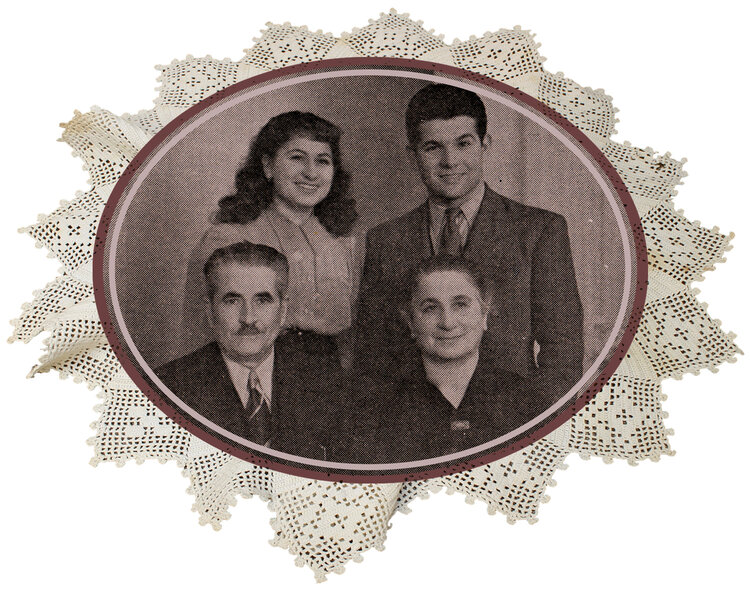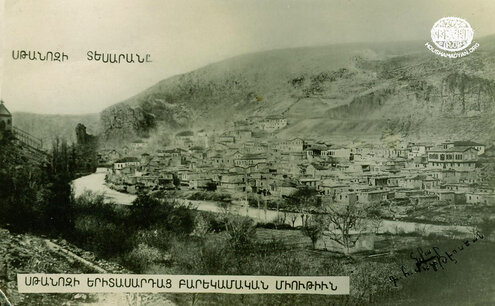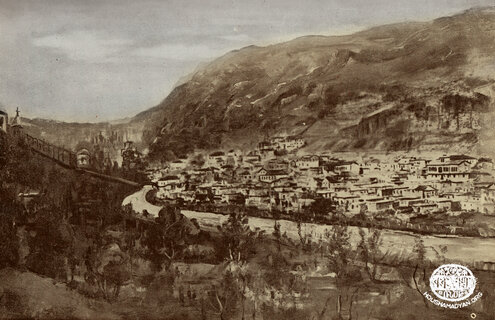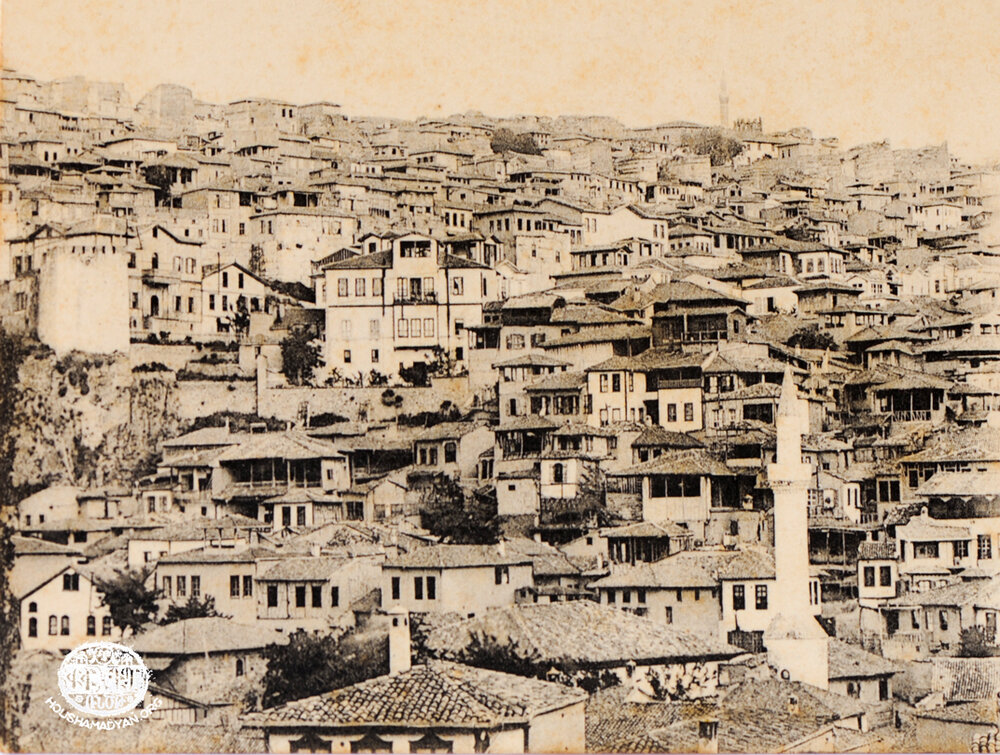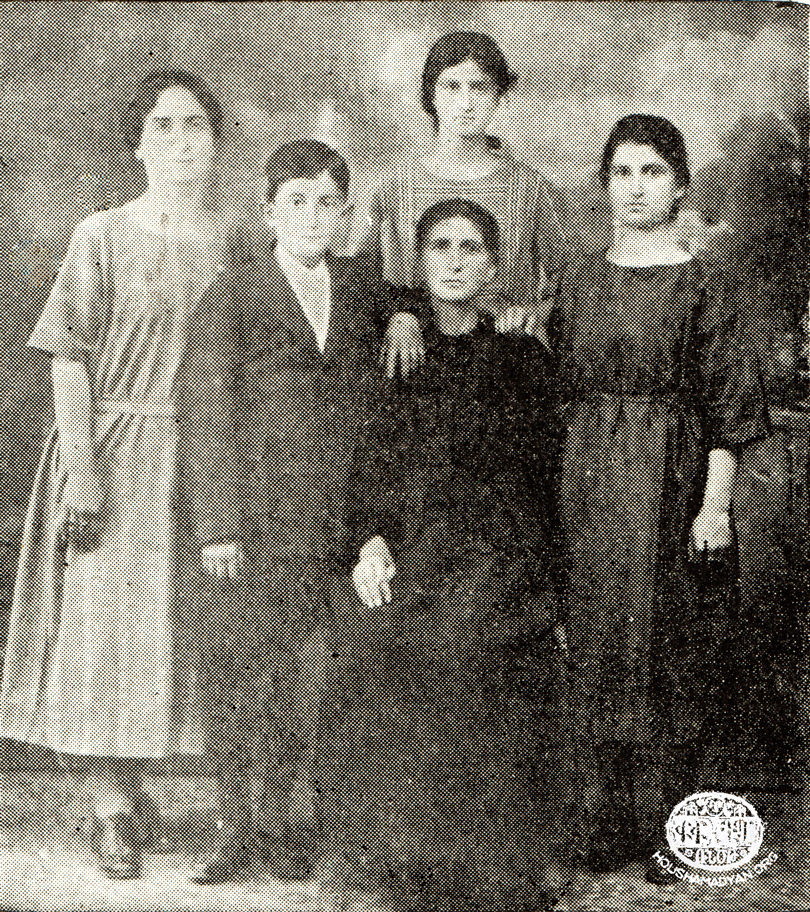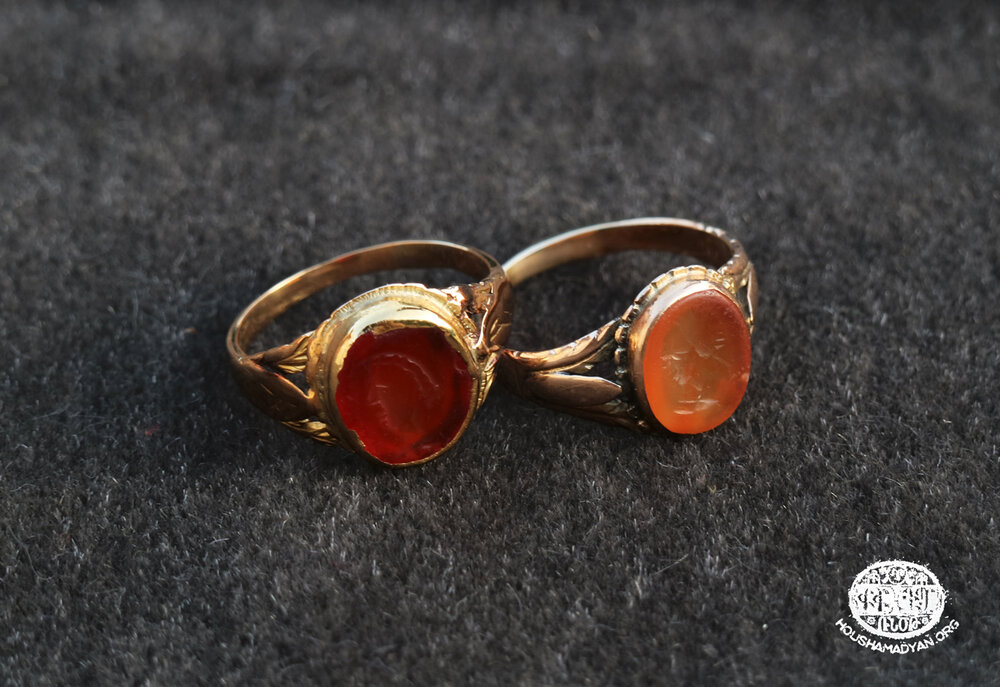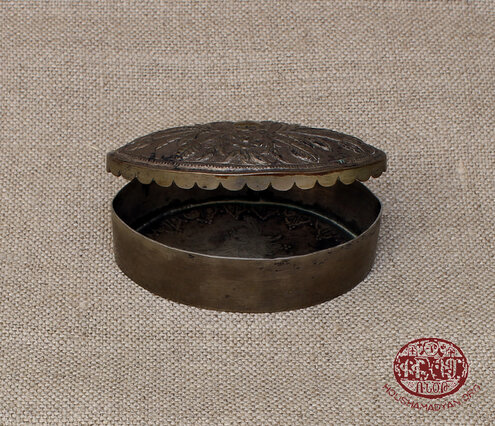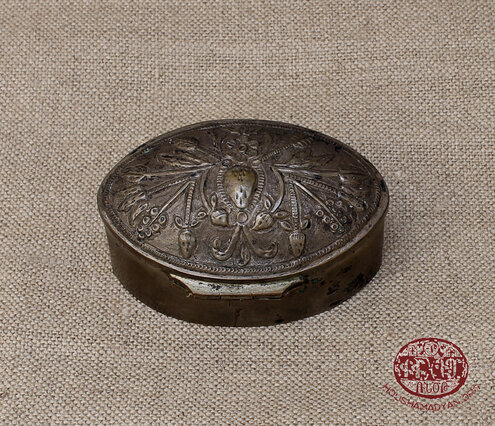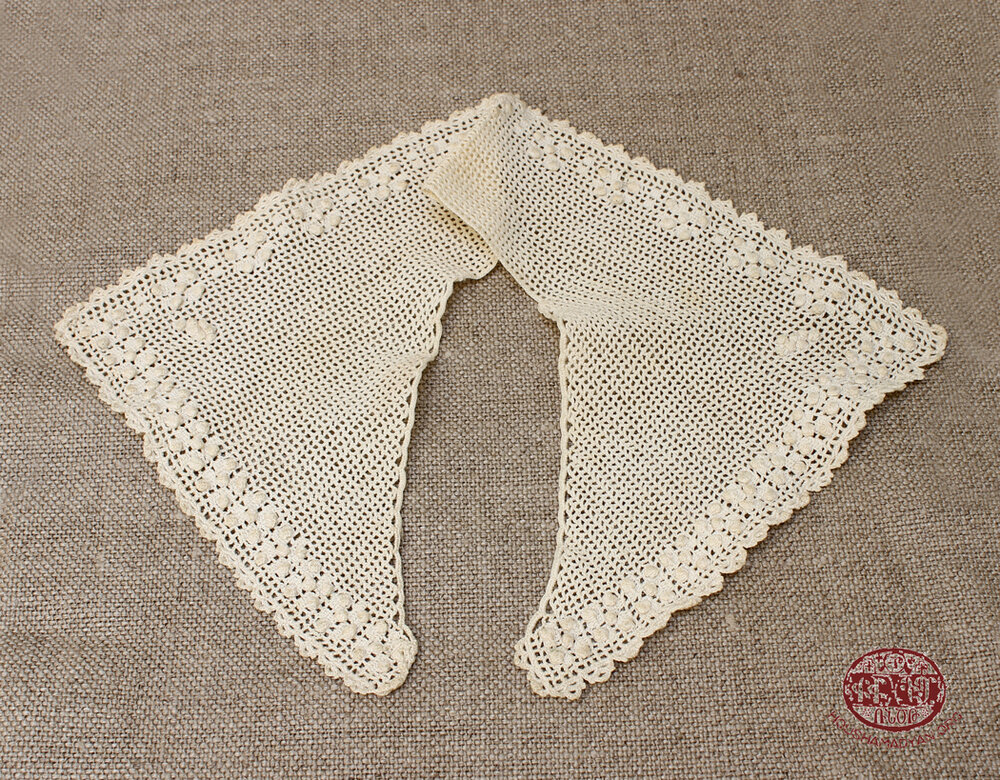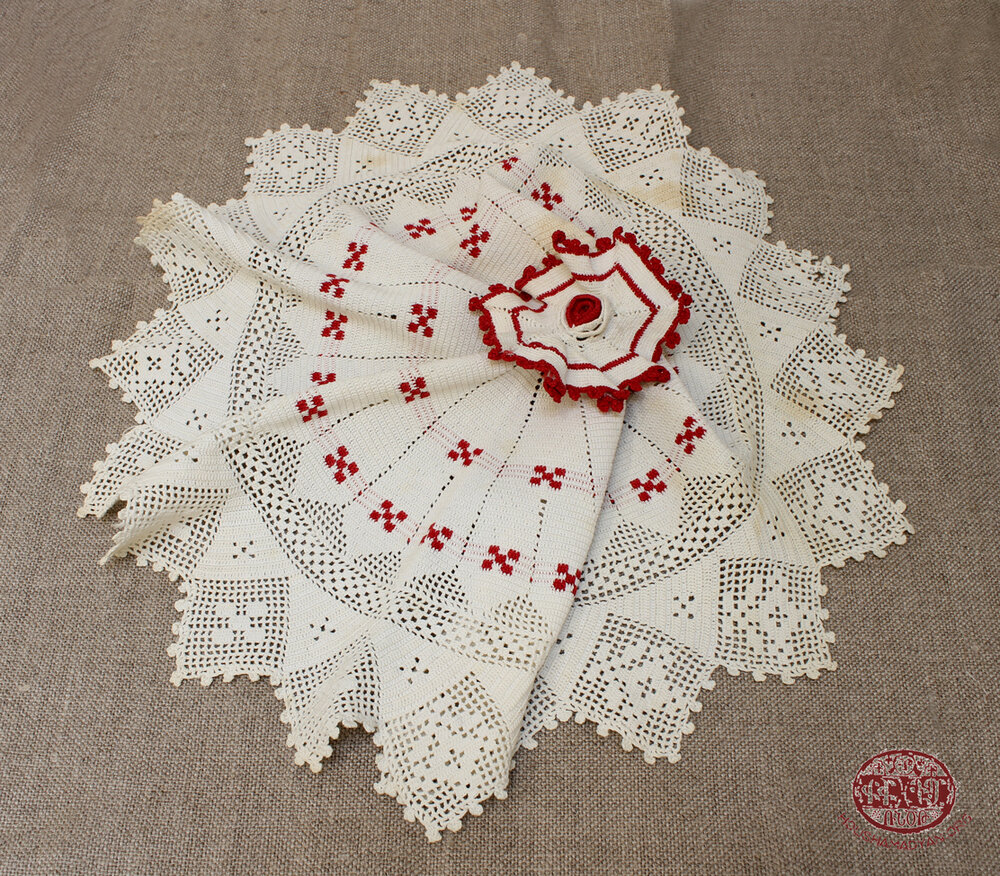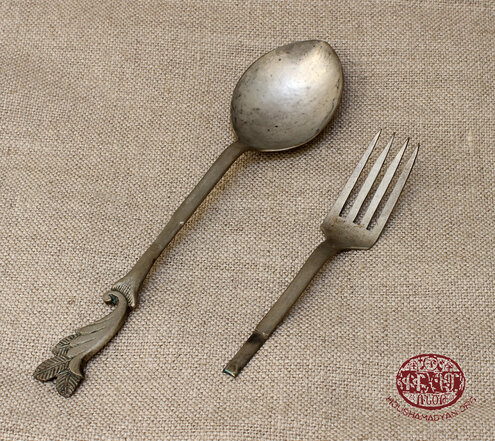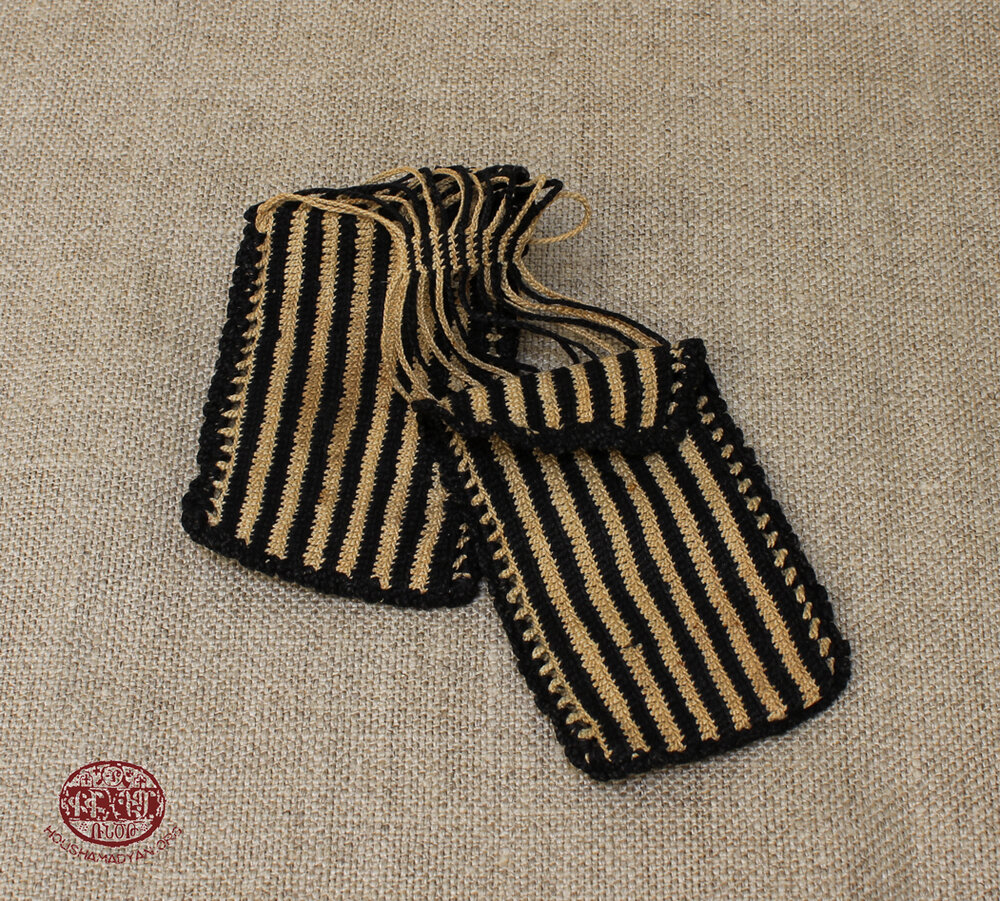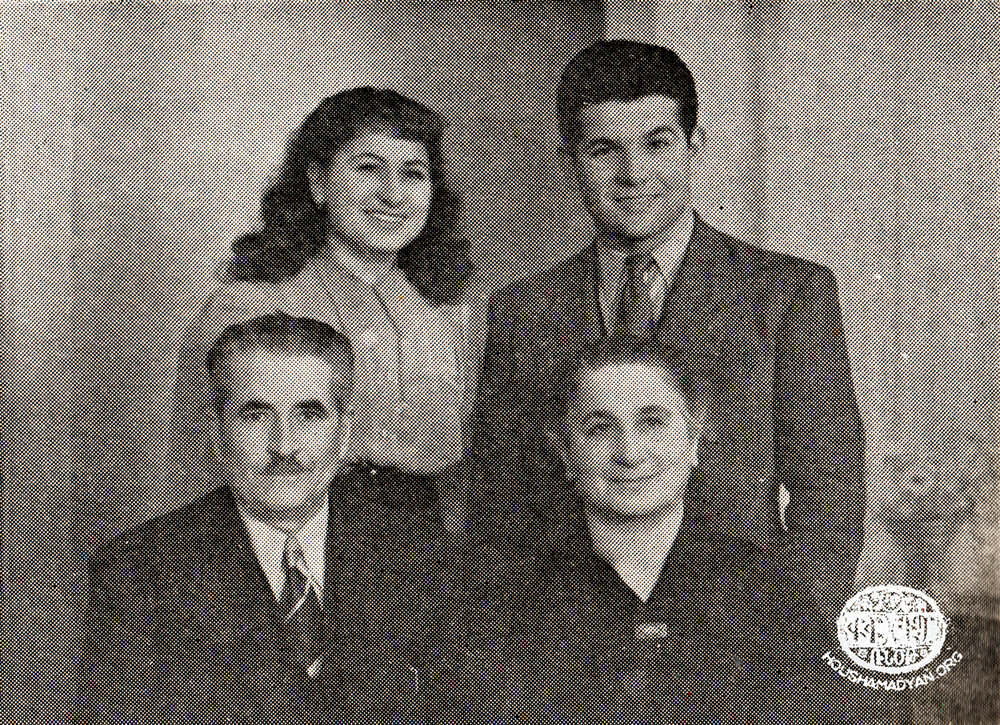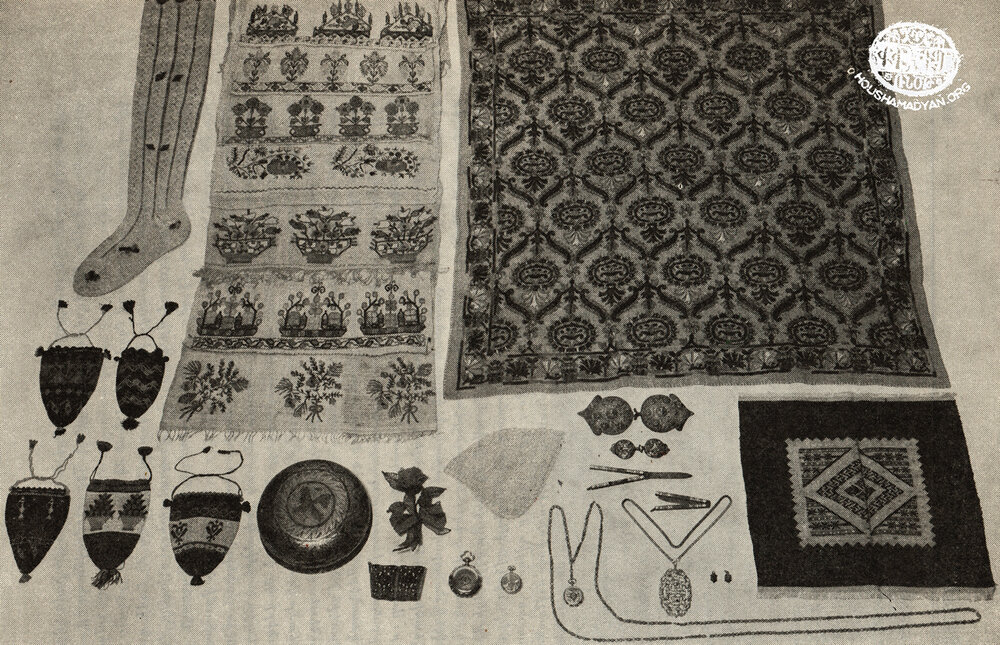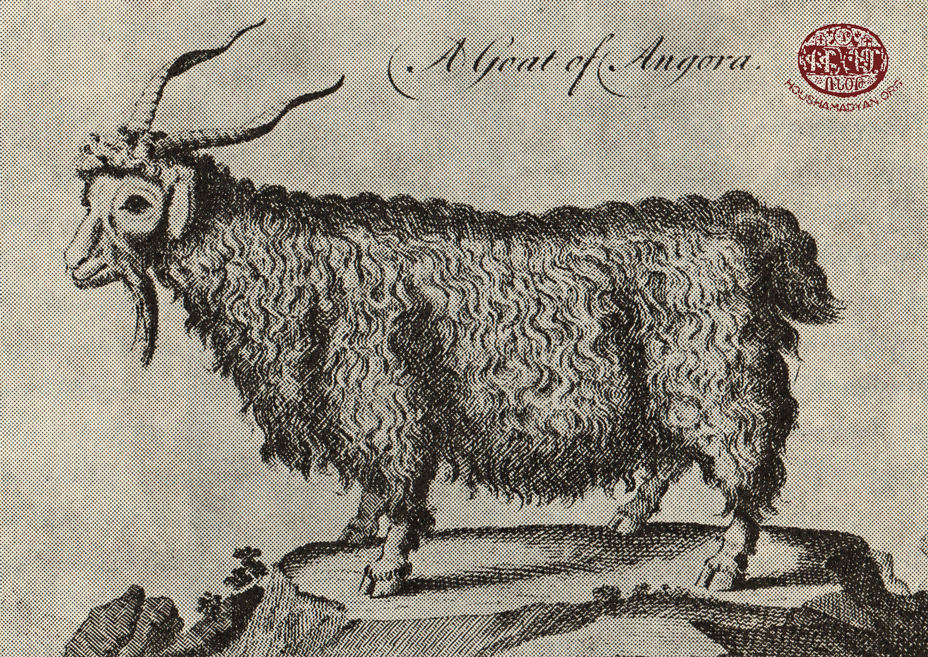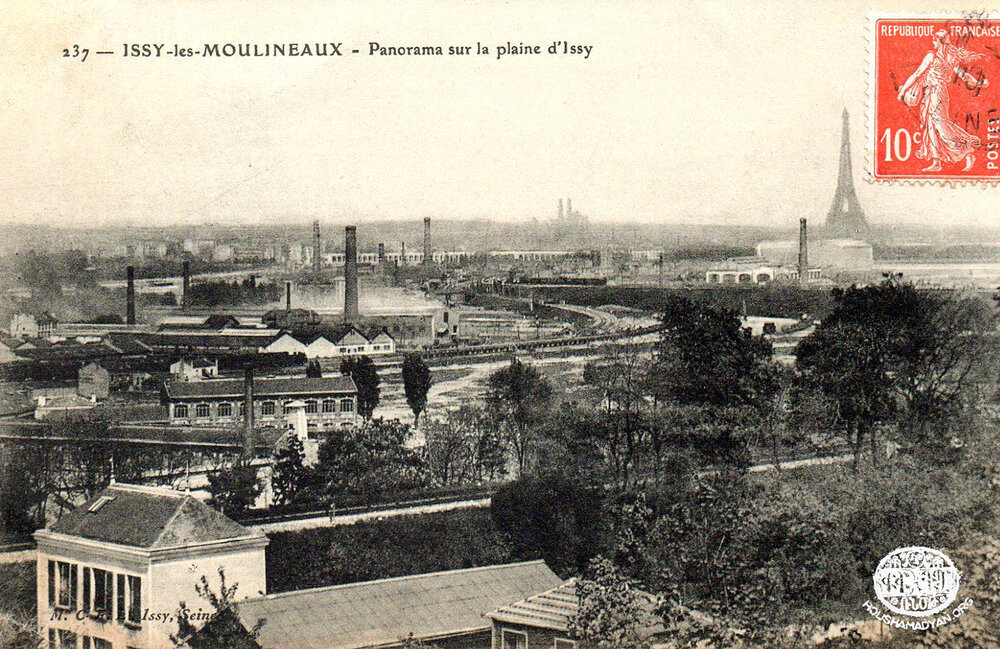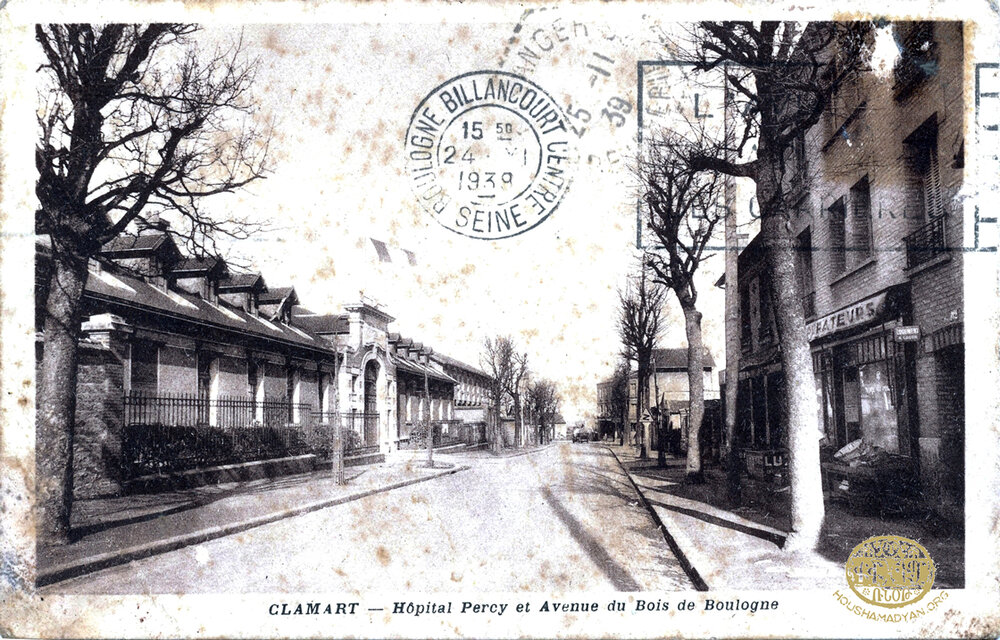Catherine Djirikian collection - Los Angeles
Author: Catherine Djirikian, Los Angeles

Takouhi Odian Balabanian, my paternal grandmother, was born in Stanoz/Stanos/Istanos (present-day Yenikent), west of Ankara, in 1901. She was the middle child of Serpouhi Odian and Anton Balabanian. She had an elder brother, Geghmes (Clemens), and a younger brother, Hagop.
Takouhi’s father, Anton Balabanian, was a silk farmer (sericulturist) who also had a vast orchard. Takouhi’s mother, Serpouhi Odian, was one of the first students to graduate from the American School for Girls established at Talas. She spoke English and had studied music. She used to play the organ and accompany it with her beautiful voice. Several years after her marriage, Serpouhi became blind due to glaucoma. Her youngest son Hagop was born just after she lost her sight, and she was never able to see his lovely face. Her daughter Takouhi took care of the baby and attended to the needs of her mother.
The rural village of Stanoz was separated into a higher and a lower section, each with its own fountain and bridge. There were four quarters in the city; two in the higher section and two in the lower. One of the lower quarters, called Hadji Khode neighborhood, belonged to the Odians. Serpouhi and Anton lived in the Odian quarter with their children and had a multistory stone house just on the bank of a tributary of the river Sakarya. Next to the family home, Anton built a two-story structure where silkworms were raised. It had several rooms, each used for a different stage of the silkworms’ development until they reached their cocoon stage. At the end of the quarter was the cemetery and beyond it the orchards.
Stanoz is about one and a half hours away from Angora (Ankara). The train from Angora stopped at Sindjan/Sincan; from there, one would take a horse carriage to reach Stanoz. Being surrounded on both sides by hills and rocky mountains, Stanoz had a milder climate than Angora, and many Stanoz-born families lived and had their businesses in Angora and came to Stanoz for rest and leisure in the countryside. Such was the case with Serpouhi’s brother, Garabed Odian, and his family. It is not known precisely when part of the Odian family moved to Angora from Stanoz, but it is clear that the demands of business had made it more convenient to move to a larger city. The Odians had their offices and warehouses in Angora, where they conducted their trade with Europe. Armenians from Angora were mostly merchants, some of them wealthy. Greeks, Jews and Armenians lived in separate quarters in Angora. The Odians were Armenian Protestants, and Garabed Odian’s family resided in the area called Sesme or Hisarönü, where all the consulate buildings and the Ottoman Bank were located.
Odian family legend held that their forefather Oda Amadouni and his followers were originally from the ancient city of Ani, once the capital of the Bakratid Armenia. They had settled in the Angora region after fleeing the wars in their homeland. On their way to Angora, they had stopped in the Vortan region of Vasbouragan, and had brought with them from that region special breeds of long-haired sheep and goats. They built a trade from weaving the long, soft hair of these animals, a trade which was passed down over generations. Most of the families in Stanoz made their living either in weaving or in silkworm farming. Their specialty was a fine cloth called sof, which was exported to Mecca, Medina, Jeddah, Jaffa, Egypt, and Constantinople. It was called Engürü Sofu and was used to make clothing for Muslim clerics. The wool from the Angora sheep and goats was also exported all the way to Europe, to places like Venice, Livorno, Amsterdam, Belgium, and Scotland.
Takouhi, who as a child had to care for her mother and little brother, received minimal schooling, but was taught basic reading skills by her mother. Serpouhi knew the Bible by heart and used that knowledge to teach her daughter.
Such was Takouhi’s life until the outbreak of World War I and the bloody episodes that followed. In April 1915, a rumor spread through Stanoz that a group of intellectuals from Constantinople had been brought to prisons in Angora and the nearby village of Sindjan to be deported to Chankiri (Çankırı) prison. Among them were famous Armenian intellectuals and notables. Some of them were eventually sent back to Constantinople, while most of the others met an uncertain fate in the valleys and gorges around Angora.
Starting in August 1915, the Armenians of Stanoz and Angora, including the Odian family, were also deported and massacred. Some of Takouhi’s relatives escaped the roundups of Armenians because they were abroad for business or study. Others escaped by hiding in their homes for days. Families that had a son serving in the Ottoman army were exempted from deportation until the authorities could finish discharging and executing most of the Armenian soldiers in the army. Takouhi’s elder brother Geghmes was one of these soldiers, and Takouhi and her immediate family remained in Stanoz during the events of 1915. Geghmes miraculously escaped execution, and after the war he returned to Stanoz and married. The fate of Takouhi’s father Anton Balabanian is unknown, but he was likely in the initial group of Armenian men deported and massacred.
Some of Takouhi’s surviving relatives escaped to Constantinople and managed to secure an American visa at the end of the hostilities. But after 1918, the U.S. quota for Armenian refugees decreased considerably and the survivors had to seek new destinations. In 1921-1922, the Armenians who remained in Angora and Stanoz, including Takouhi and her family, faced another round of deportations and massacres during the Greco-Turkish War. Takouhi, her younger brother Hagop, and some relatives migrated with a Nansen passport to France, which had opened its doors to migrants to help with the post-war reconstruction. Takouhi’s mother Serpouhi, due to her condition, remained in Stanoz with her elder son Geghmes and his wife.
Takouhi and her relatives arrived in Marseilles and lived in Pont-de-Chéruy (Isère) for some time. A community of Stanoztsis had already settled there to work in the region’s silk manufacturing industry. Takouhi married a fellow Stanoztsi, Hagop Djirikian, who had been deported to Der Zor and survived. He was literate in Armenian and Ottoman Turkish, and was thus able to keep in contact with Takouhi’s relatives in Angora, Stanoz and America. After a short while, the young couple and their relatives moved to the suburbs of Paris, to Clamart and Issy-les-Moulineaux, where their children Alice and Arminac/Armenag were born. Takouhi’s younger brother, Hagop, who had come to France with her, migrated to Armenia in 1947. He married there, and he and his wife adopted an orphan girl. He passed away in Yerevan.

Takouhi passed away in 1986, in Clamart (France), having always remembered the sweetness of life in Stanoz. She passed the heirlooms that she had managed to bring with her into her exile down to her granddaughter, Catherine Djirikian Dedeyan, the daughter of her son Arminac.
The historical facts in this account were gathered from Alice Odian Kasparian’s book: “Պատմագիրք Անկիւրիոյ եւ Ստանոզի Հայոց», [The History Book of the Armenians of Angora and Stanoz], Beirut, 1968. Alice Odian Kasparian was Takouhi’s cousin, and migrated to America from Angora after the genocide.



